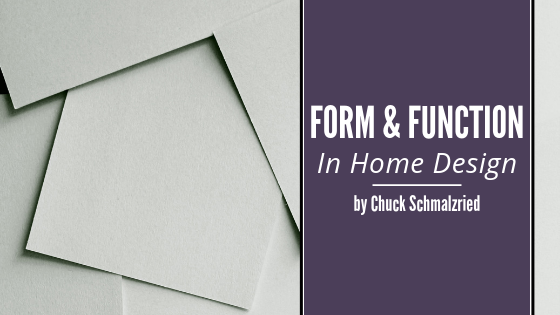Building a home can be challenging when considering the needs and desires of your clients. Finding a balance between choices which suit the client’s style without jeopardizing the functionality of the design may result in difficulties, sacrifices, and conflict. However, there are certainly ways to account for both form and function in home design, and while compromise is necessary in some cases, learning to balance the aesthetic value and the usability of a design is essential for custom home builders.
Communication
Naturally, the actual components of a design are important when building a home, but beyond these elements, planning and preparing for construction plays an essential role, as well, especially when this stage relates to the clients. One of the most important parts of the home building process is communication. Between speaking with the client to fully understand their ideas and intentions and engaging with members of your team, a home builder must actively interact with others to ensure everyone is on the same page. Participating in open conversation with all parties in regards to the home’s appearance and function will eliminate the risk for miscommunication and unnecessary errors. The better you understand your client, their lifestyle, and their preferences, the better your design will suit their needs.
Modern Elements
As established in a previous piece, modern home design relies heavily on elements of open floor plans, natural light, and minimalism. With a priority on function as well as appearance, incorporating modern elements in your design will likely result in a home that is functional in its design without being bland, poorly-lit, or unoriginal. Modern design practices have become popular for good reason; they aid in establishing both form and functionality of a design.
Complementary Features
Rather than consider form and function as opposing forces, recognizing how they can coincide or cooperate is the job of the designer. While a stunning exterior may attract buyers, small rooms, winding hallways, awkward angles, and disunity can cause disinterest. Determining where you can prioritize purpose Both form and function are essential to good home designs.
Some designers may feel compromised when it comes to form and function in home construction. However, understanding that the harmony between aesthetic value and functionality is what makes a design unique and appealing can help ease this tension. Acknowledging the lifestyles of clients as well as their preferences, values, and aspirations regarding their home can help you design a home that is both functional pleasing to the eye.

